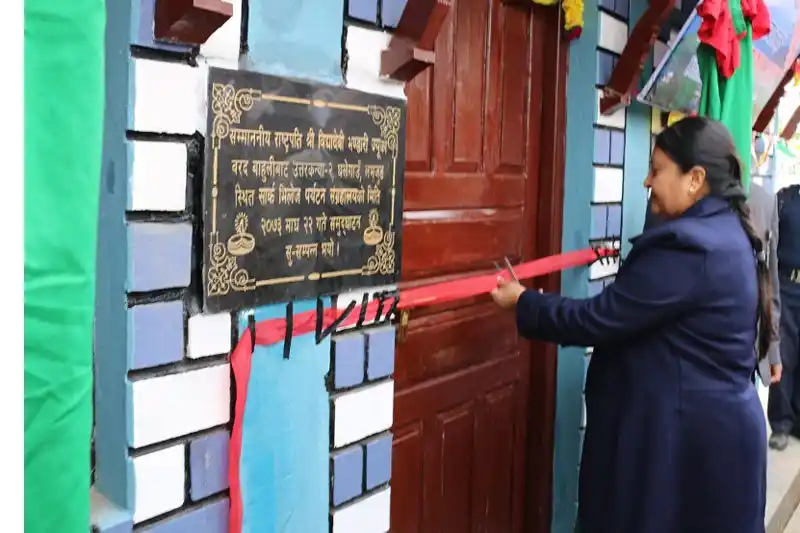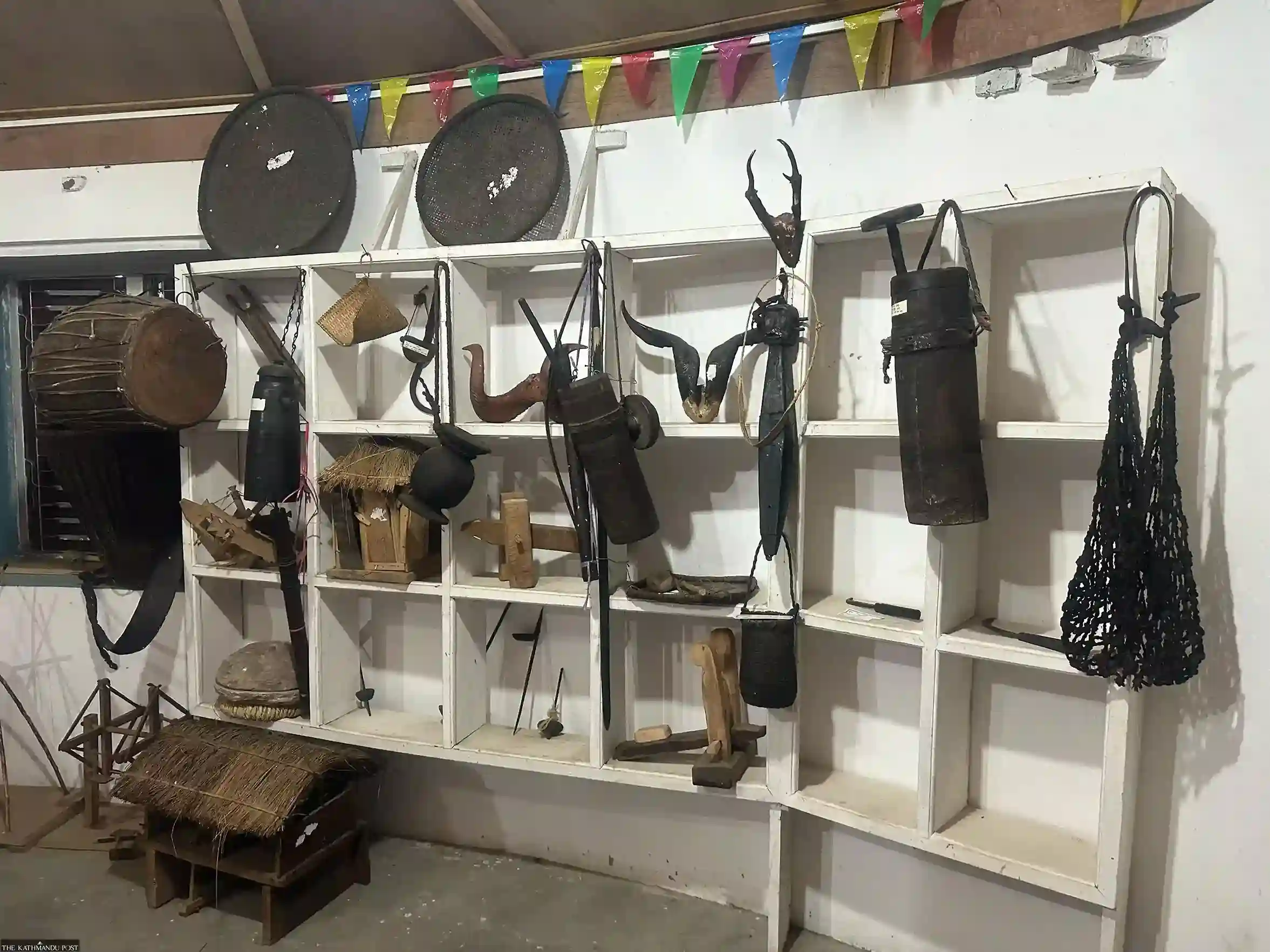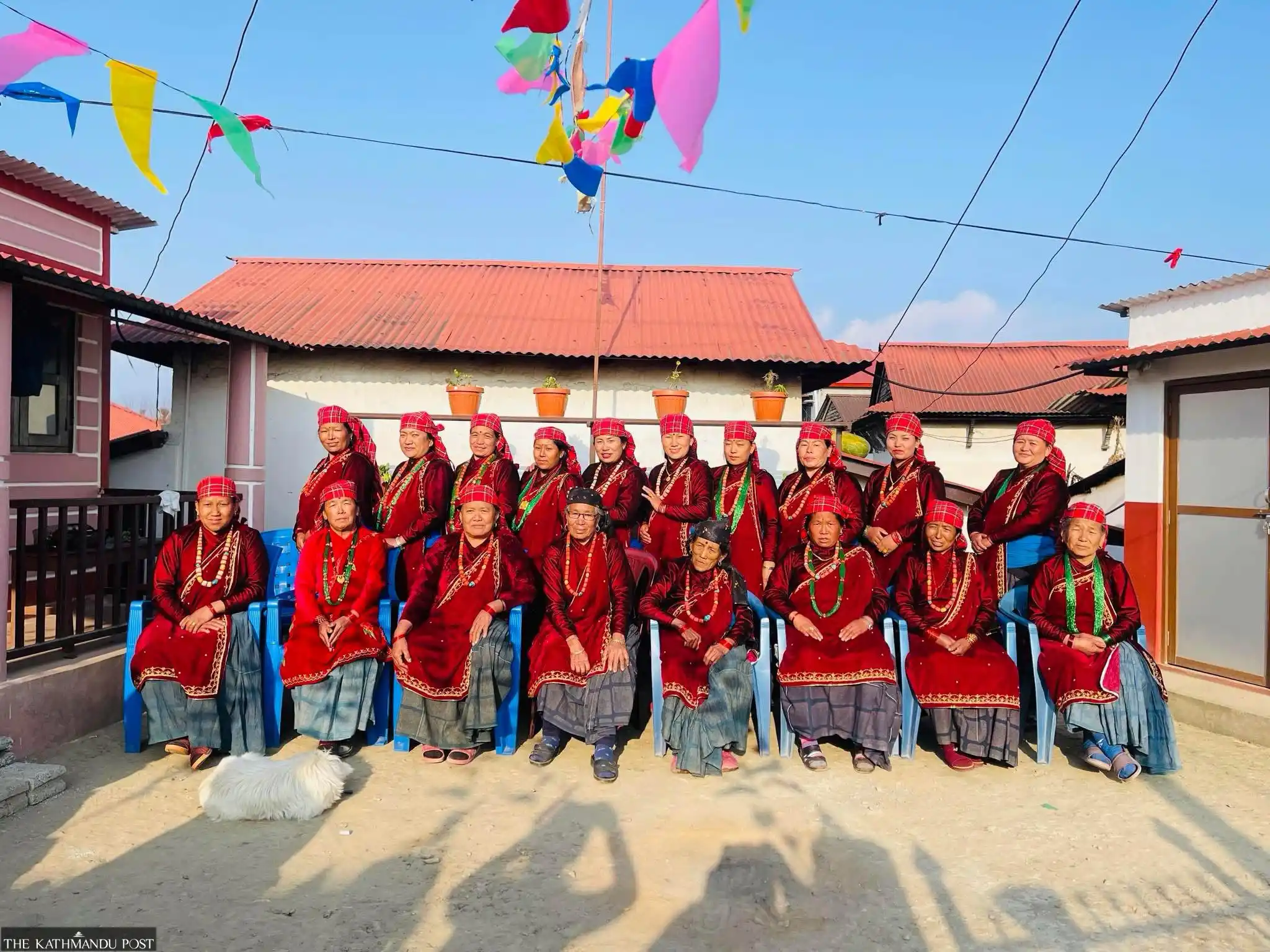Ghalegaun: Nepal’s Living Example of Sustainable Tourism
By Kushal Shrestha - Apr 20, 2025 | Updated: April 20, 2025 | 8 min read

Ghalegaun is a beautiful mountain village in the Lamjung district of western Nepal. It perfectly combines nature, tradition, and sustainability. It doesn’t stop being a destination; it’s a living model of sustainable tourism, frequently called eco-tourism in Ghalegaun, where people live while preserving culture, ecology, and economy.
Beautiful as it is, the panoramic scenery is merely a foil to the real story of Ghalegaun. Ghalegaun is located at an elevation of about 2,100 meters above sea level on the Annapurna trekking route. The view of beautiful mountains like Machhapuchhre, Annapurna, Lamjung Himal, and so on is mesmerizing.
Ancient Origins: The Birth of Ghalegaun
Ghalegaun is a 700-year-old settlement in the Annapurna Conservation Area. It is home to over 125 Gurungs, Ghales, and Dalit households, who work together to preserve culture, rural development, and eco-tourism.
Bravery reflected through their customs, the Gurungs migrated from the south of the Annapurna and Lamjung ranges, occupying these places as they could offer them strategic advantages and productive soil.
The community of Ghalegaun gets its name from the Gurung sub-clan Ghale, who claim descent from this place. Throughout history, the Ghale developed an association with brave leadership, leading them into warrior leadership roles and chieftain positions. This rich historical legacy serves as the bedrock foundation of eco-tourism in Ghalegaun by providing visitors with an understanding of the village’s historical tapestry.
The Shah Dynasty and Lamjung’s Significance
The Shah Dynasty was founded in Lamjung in 1663 A.D. and unified Nepal under the leadership of King Prithvi Narayan Shah. The historical bonding between Ghalegaun and Kathmandu Valley established political and cultural values that expanded the local heritage collection.
The Himalayan region and lower mid-hills of Lamjung District earned their cultural and strategic value during the Shah dynasty more than 400 years ago. Due to its Gurung and Ghale cultural legacies, people have labeled Lamjung the homeland of brave-hearted people with a rich cultural heritage.
Lamjung is a vital trade route connecting the hilly highlands with the northern mountain regions. Ghalegaun’s strategic location positioned it to benefit from meeting different traditional practices within this active trade path.
Residents of these communities gather at Ghalegaun while timeless Himalayan views surround them. Life in this community combines visual appeal, artistic atmosphere, rhythmic joy, and cheerful settings to create a magical experience for all visitors. Ghalegaun is at a crossroads, absorbing all the traditions and practices converging at this point; hence, it became the center point of eco-tourism in Ghalegaun.
Cultural Tapestry: Traditions and Beliefs
Ghalegaun’s cultural landscape is vibrant, with a colorful medley of rituals, dances, and community practices. Celebrations like “Ghatu” and “Sorathi” dances mark the most awaited occasions; these dances are performed in all festivals, following age-old traditions that the villagers still preserve. Such dances display the beautiful rhythms of traditional instruments like the madal and sarangi while melodically narrating tales of love, valor, and spirituality.
Religion in Ghalegaun is blended with Hinduism and Buddhism. Nestled amidst temples and monasteries, these serve the dual purpose of worship and community gatherings. Uttarkanya Temple is a spiritual beacon for villagers, where puffed rice and oil lamps are worshipped before the goddess Durga. Such rich cultural elements are part of the experience of eco-tourism in Ghalegaun. For travelers, it provides a more immersive experience of Nepalese traditions.
READ MORE: Nepal’s Holi: A Festival of Colors, Crowds, and Culture – The Untold Story
The Emergence of Eco-Tourism in Ghalegaun
During the year 2057 B.S. (2000 A.D.), the residents of Ghalegaun selected an unexpected tourism path. Instead of glamorous hotels and resorts, the locals invite foreign and local visitors to experience true Nepalese tradition through their celebrated hospitality practices. Eco-tourism in Ghalegaun started its operations with this conceptual foundation, which combined sustainable practices with cultural identity as core principles.
The homestay program was the primary foundation of this initiative. Local inhabitants invited tourists into their residences to experience genuine Gurung traditional guest practices. The accommodation offered guests home-cooked food from organic ingredients, traditional dances, and opportunities for cultural activities.
Every house has become a storyteller, nature guardian, and host for the world. Thirty houses now closely fit host guests within 126 rooms whose comfort transcends itself to offer a beyond connection.
Infrastructure and Sustainable Practices
The development of sustainable infrastructure in Ghalegaun is working to build an eco-tourism model. Installing solar panels brings sustainable power into operation, and rainwater harvesting systems provide proper water management solutions. The authorities established waste management rules highlighting the need to recycle and compost waste products.
Tourists at Ghalegaun now have the opportunity to experience the Annapurna and Manaslu ranges by using the installed view towers and trekking trails. Strategic developments in Ghalegaun have created a superior tourist environment while lowering ecological impact and strengthening eco-tourism principles across the region.
The SAARC Village Tourism Museum: Preserving Heritage
The SAARC Village Tourism Museum stands as a cornerstone of eco-tourism in Ghalegaun because it creates an institution to protect the living heritage of the Gurung and Ghale communities. Former President Bidya Devi Bhandari established the museum with her opening dedication on Saturday, February 4th, 2017, as a milestone for Ghalegaun and the advancing sector of community tourism in Nepal.

Established in a more classical stone-and-wood building, the museum chiefly enables visitors to witness a realistic orientation toward Ghalegaun villagers’ everyday existence, cultural practices, and survival techniques. The displays exhibit traditional handicraft weapons, wooden farming implements, basketry weaving, and colorful garments expressing ancestral skills and cultural traditions.

The museum acts as an exhibit space and an educational institution. Young people in the area rediscover their cultural roots, while tourists gain a richer appreciation of the community they are visiting. Bilingual explanations and exhibits created with care provide a cultural context that enhances every traveler’s experience engaging in eco-tourism in Ghalegaun.
The museum has become more than just a building; it stands as a bridge from one generation to another, a guard of identity, and a potent emblem of the coexistence between history and tourism. In keeping its past preserved so vibrantly, Ghalegaun shows the world that any form of sustainability begins with remembering where it came from.
Empowering Women and Youth
From the excellent green scenery with its diverse, rich culture to the modern adoption of its community, eco-tourism in Ghalegaun has achieved great success. A key milestone in the transformation has been the active involvement of women and youth in the program.

Historically, women in Ghalegaun were mainly confined to household chores, but now they perform an essential role in the village’s tourism economy. They contribute to the income earned from managing homestays, making traditional cuisine for guests, and welcoming guests into their homes. Financial independence and respect for women have come a long way in society. However, beyond this service, the women contribute to preserving local culture and become ambassadors of their heritage.
Youth participation in Ghalegaun is a key factor in the growth of the eco-tourism movement. Instead of running outside to find a job, most would rather stay in the village and become guides, entertainers, or promoters. Through hospitality, language, and environmental conservation training, local tourism is infused with energy and innovation.
Eco-tourism in Ghalegaun drives sustainable development through women and youth, with leadership that secures communal economic gain and ensures the vibrancy of traditions for generations.
Conclusion: A Living Legacy
Ghalegaon is more than a beautiful mountain village in Nepal; it exemplifies what a specific community can achieve when respected. It cherishes its past while embracing the present and the future. With a royal pedigree, rich Gurung culture, and centuries of sustainable living, Ghalegaon depicts its narrative of innovation and resistance.
Through eco-tourism in Ghalegaun, the villagers have etched a blueprint for sustainable rural development. They have shown that tourism can be an asset that does not diminish traditions or destroy the environment; instead, it can reinforce many things that bind a community and elevate every generation.
From giving visitors a taste of life in their homes to showing off their dances, rituals, and local produce, the people of Ghalegaun have changed the face of meaningful travel. Their story is not merely one of success; it’s one of balance, pride, and purpose.
As travelers seek authentic experiences and sustainable destinations, eco-tourism in Ghalegaun will remain a guiding light. This legacy proves that harmony between people, culture, and nature is possible and powerful.
Notice an error?
Help us improve by submitting a correction.







